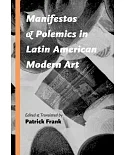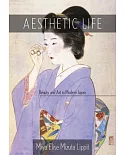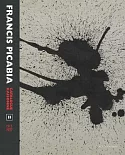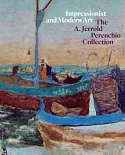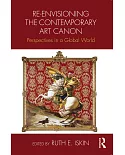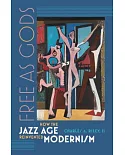'In a study that combines archival research, a firm grounding in the historical context, biographical analysis, and sustained attention to specific works of art, Amy Lyford provides an account
of Isamu Noguchi's work between 1930 and 1950 and situates him among other artists who found it necessary to negotiate the issues of race and national identity. In particular, Lyford explores
Noguchi's sense of his art as a form of social activism and a means of struggling against stereotypes of race, ethnicity, and national identity. Ultimately, the aesthetics and rhetoric of
American modernism in this period both energized Noguchi's artistic production and constrained his public reputation'--




